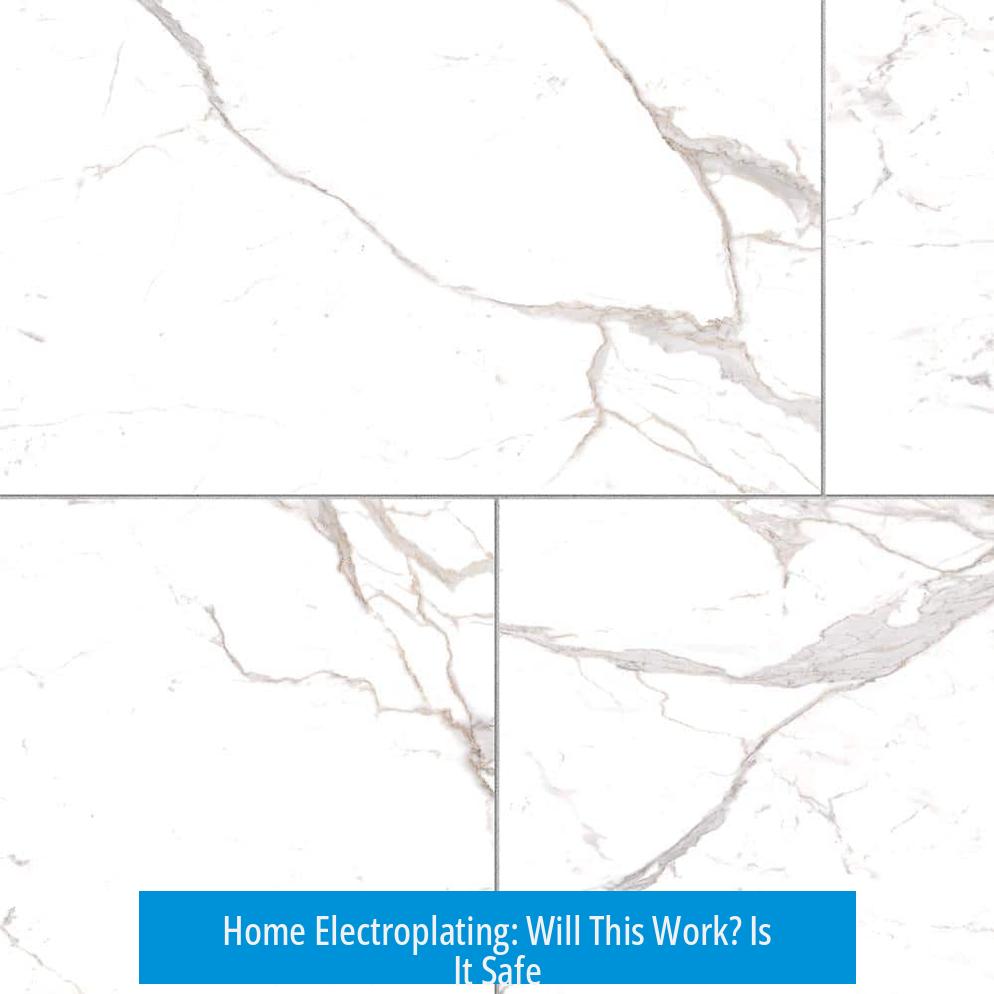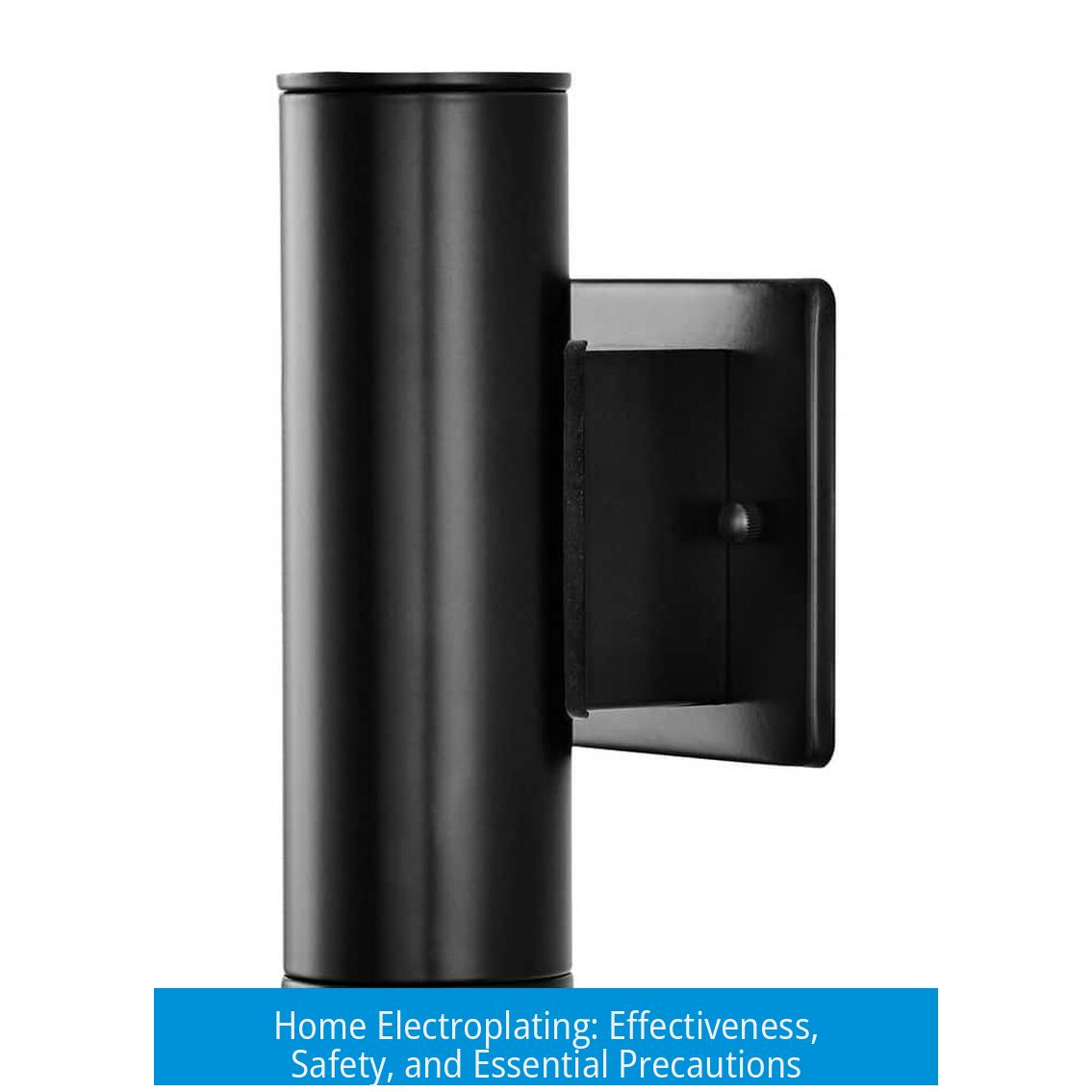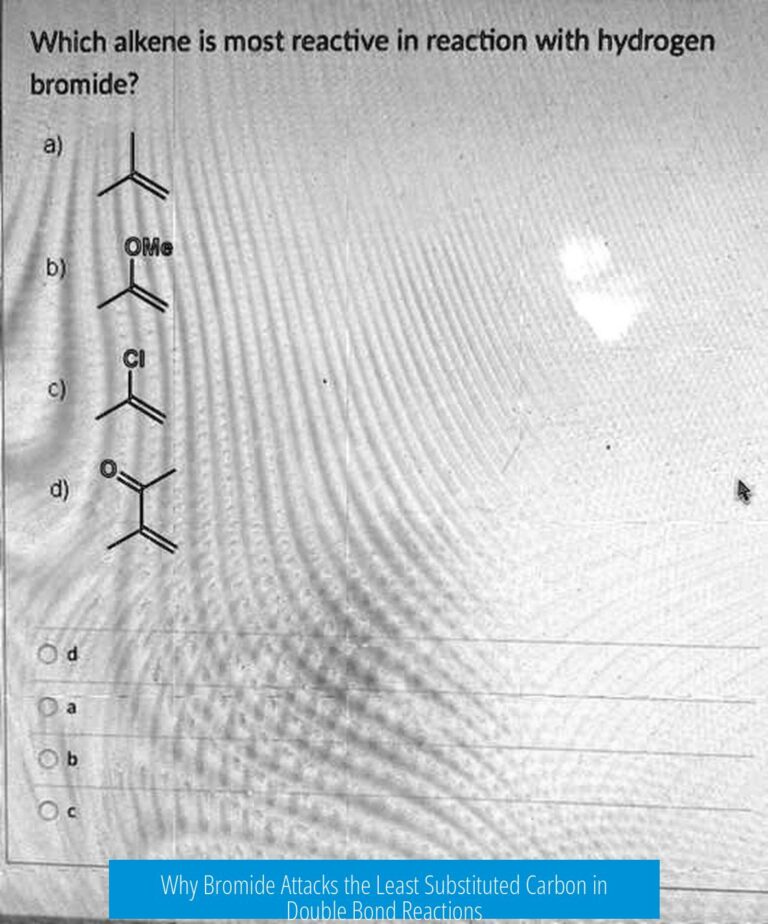Home Electroplating: Will This Work? Is It Safe?

Home electroplating can work, especially with premixed commercial solutions and proper control of electrical parameters, but it demands caution due to chemical hazards and requires basic chemistry knowledge for safety. This article explores the feasibility, equipment, and safety of home electroplating, honing in on silver and copper plating methods often attempted at home.
Effectiveness and Feasibility of Home Electroplating
Premixed Solutions vs. Self-Mixed Solutions
Using premixed plating solutions generally yields better and more consistent results than self-prepared mixtures.
- Exact chemical ratios are crucial, especially for silver electroplating.
- Self-mixing is possible, but challenging without chemistry expertise.
- Premixed solutions tend to be more reliable and user-friendly.
For beginners, purchasing premixed electrolytes reduces the risk of failed plating due to incorrect solution composition.
Power Source Considerations
While theoretically any electrical source can work, practical electroplating depends heavily on providing a stable and adjustable current.
- The required current depends on the surface area being plated.
- Adjustable power supplies allow control of current density, influencing plating quality.
- Simple batteries may not deliver consistent results; automotive battery chargers can serve as cost-effective adjustable sources.
Quality and Control Variables
Achieving a good finish requires controlling several factors:
- Current density
- Plating duration
- Solution temperature
Simpler setups risk grainy or dull finishes, especially with silver plating, which is sensitive to these variables. Copper plating is generally easier and more forgiving, as its soft surface can be polished post-plating.
Safety Concerns and Precautions
Toxicity and Environmental Impact
Many electroplating chemicals pose significant toxicity risks:
- Silver plating often involves hazardous electrolytes, such as sodium cyanide solutions, which are highly poisonous and should never be handled without proper training.
- Non-cyanide alternatives exist but are costly and still require careful handling.
- Dispose of plating solutions responsibly; never pour them down household drains.
Personal Safety Measures
Proper protection minimizes chemical exposure risks:
- Wear gloves, goggles, and lab coats when handling chemicals and plating solutions.
- Have immediate access to washing facilities like a faucet or safety shower.
- Consult the Safety Data Sheets (SDS) for all reagents. SDS provide essential handling and first-aid information.
Beginners and Risk Management
For newcomers to chemistry, attempting electroplating without guidance increases risks.
Following recommendations can improve safety:
- Take introductory chemistry or lab safety courses.
- Start with well-documented experiments from verified learning resources.
- Avoid handling highly toxic chemicals like cyanide without supervision.
Laboratory Equipment and Materials
Choosing appropriate materials for electroplating setup improves safety and durability:
- Use thick Pyrex or borosilicate glassware to resist heat and chemical corrosion.
- Regular kitchen glassware may shatter under thermal or chemical stress.
- Simple tools like clips and stainless steel anodes are common in home setups.
Additional Resources and Recommendations
Reliable information and community support enhance success in home electroplating:
- Online forums such as finishing.com provide practical advice and troubleshooting.
- Research articles and instructional videos can clarify complex procedures.
- Experiment gradually—electroplating involves many variables and unanticipated challenges.
Key Takeaways
- Home electroplating works best with premixed commercial solutions, especially for silver.
- Stable, adjustable electrical current is critical to achieve quality finishes.
- Copper plating is easier and safer, silver plating requires careful chemical handling.
- Toxic chemicals like sodium cyanide are dangerous; avoid them or use extreme precautions.
- Wear protective equipment and consult Safety Data Sheets before starting.
- Beginners should seek formal training or detailed lab instructions to reduce risks.
- Use proper lab-grade glassware to avoid hazards from breakage and chemical damage.
Is it better to use premixed solutions or mix my own for home silver electroplating?
Premixed solutions are recommended. Mixing your own requires precise ratios and can lead to poor results. Commercial premixes generally work better and save time.
Can I use any power source for electroplating at home?
Not exactly. While any power works in theory, a stable and adjustable power supply is needed for a good finish. Batteries usually aren’t practical, but an automotive battery charger can be used.
What are the main safety concerns with home silver electroplating?
Toxic chemicals like sodium cyanide can be involved and must be handled carefully. Always wear gloves, goggles, and have washing facilities nearby. Avoid disposing chemicals in regular waste.
Is silver electroplating suitable for beginners?
It can be risky without safety knowledge. Beginners should seek guidance, study safety data sheets, and consider taking chemistry classes before starting.
What type of glassware should I use for electroplating experiments?
Use thick pyrex or borosilicate glass. These materials resist heat and chemical damage better than ordinary glass, reducing risk during plating.





Leave a Comment